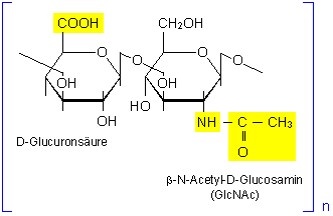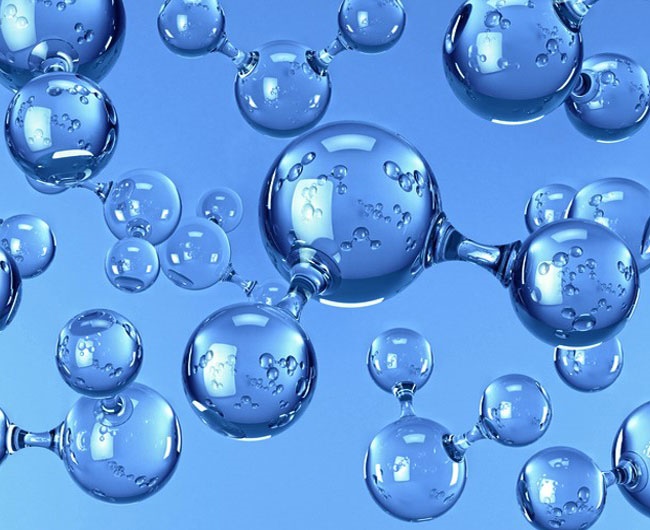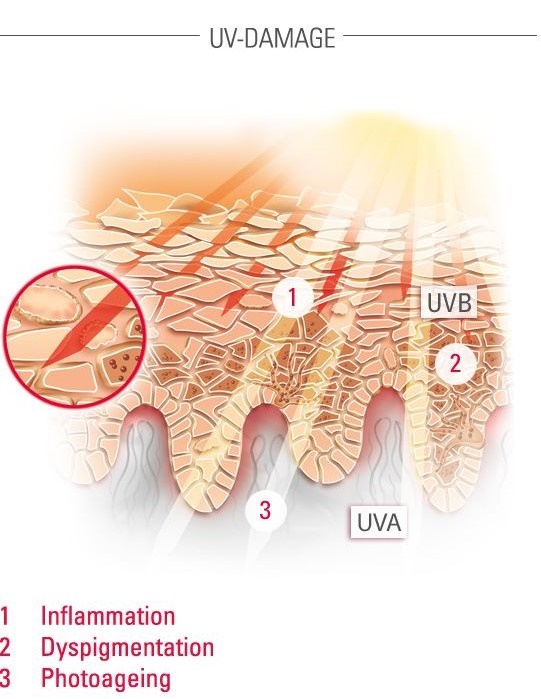
CAS number 9004-61-9(acid form) , 31799-91-4 (potassium salt), 9067-32-7 (sodium salt)
Hyaluronic acid is a type of polysaccharide called a glycosaminoglycan. Also known as hyaluronan or hyaluronate, it occurs naturally in the human body and is central to regulating cell growth and renewal. In fact, it is found extensively in connective, epithelial, and neural cells. As such, hyaluronic acid has found its way into many skin care products, particularly anti-wrinkle formulations. In addition, it has been credited with extending life in those who consume high amounts in the diet, resulting in the media dubbing it as the "key to the fountain of youth."
The fact that this acid binds with water accounts for the special interest in it in dermatology. When injected under the skin, it provides an appearance of fullness at the site, smoothing out fine lines and wrinkles for up to six months.
Since this acid plays a key role in tissue repair, however, it has solid application in several medical treatments. For instance, it has been used extensively to speed healing after ophthalmic procedures, such as corneal transplantation, and surgery to correct retinal detachment and glaucoma. It's also used as a form of injection therapy for osteoarthritis of the knee, ankle, and shoulder.

Hyaluronic Acid is also a major component of skin, where it is involved in tissue repair. Topically applied, hyaluronic acid forms an air permeable layer and penetrates into the dermis, thus boosting the elasticity and hydration of the skin. The protective barrier on the skin locks in moisture, which gives the skin a youthful appearance. As we age, skin moisture can drop significantly, which creates aging like effects on skin appearance as it loses its elasticity. Thus hyaluronic acid can play a critical role in skin health with its unique ability to hold in moisture (1000 ml of water per gram of hyaluronic acid).
Hyaluronic acid is also a “smart nutrient” as it can adjust its moisture absorption rate based on the humidity—relative to the season and the climate.

One of the most skin damaging elements are UVB rays from the sun. Hyaluronic acid also protects the skin from UVB rays (and the scavenging reactive oxygen species they generate), which can cause sunspots. There is data showing that the extremely micro molecular weight HA (less than 10,000 dalton, HyaluClearTM3000) is having very effective repairing effects of the skin cells damaged by UV radiation.